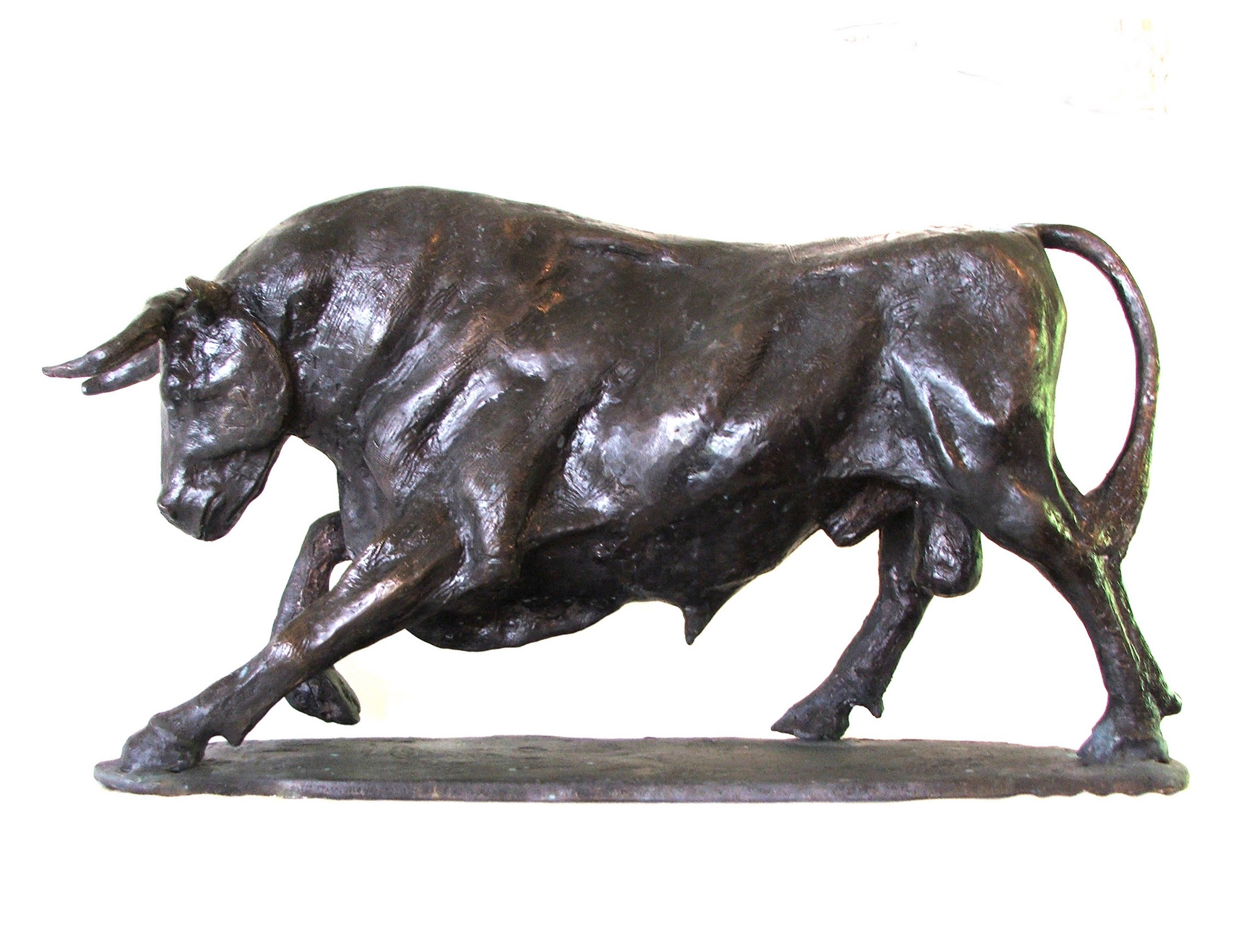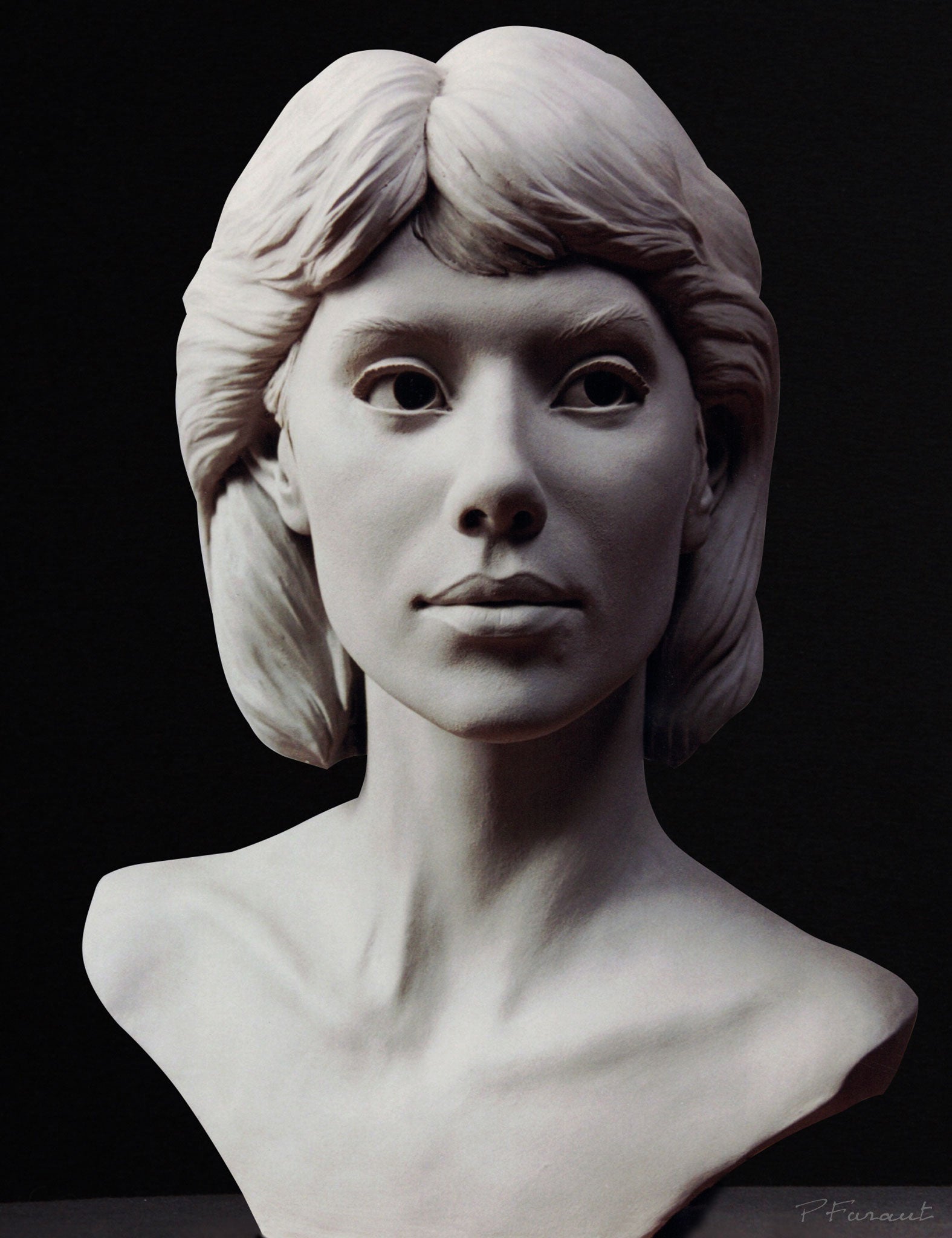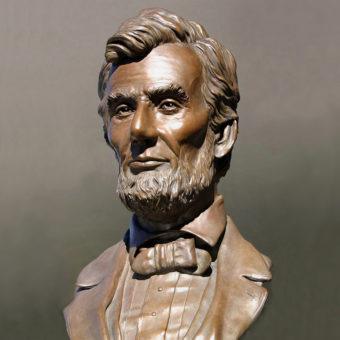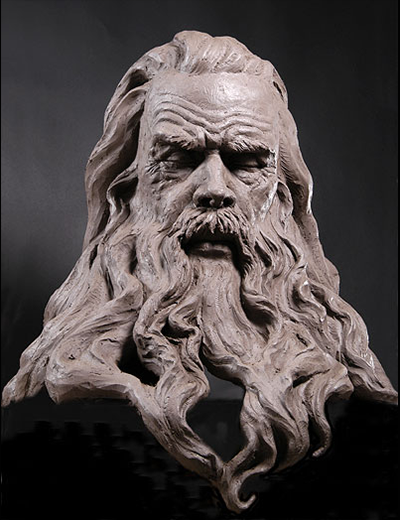Portrait Sculptor: Capturing Essence in Three Dimensions
Wiki Article
The Development of Sculptures: From Old to Modern
The Development of Sculptures: From Ancient to Modern. Equine Sculptures.Sculpture, one of the earliest types of art, has been an indispensable part of human people for millennia. From the old civilizations of Egypt and Greece to the contemporary period, sculptures have evolved, mirroring changes in creative techniques, materials, and social influences. This journey with time traces the growth of sculptures, exploring the changes stylishly, topic, and imaginative expression.
Beginning with the ancient world, sculptures crafted from stone and later bronze caught the significance of deities, rulers, and day-to-day life. The Renaissance duration saw a resurgence of classical sculpting techniques, as artists sought to replicate the elegant forms of old Greek and Roman sculptures (Bronze Sculptures). In the contemporary era, musicians challenged standard limits, embracing abstraction and trial and error with new materials
This expedition will delve right into the diverse advancement of sculptures, exposing the abundant tapestry of imaginative expression across different durations and cultures.

Ancient Sculptures: From Rock to Bronze
Ancient sculptures transitioned from being sculpted out of stone to being cast in bronze. This change marked a substantial development in the art of sculpture, enabling better refinement and information in the finished works. Rock sculptures, while outstanding in their very own right, were restricted by the nature of the material. Rock required extensive forming and carving, often causing a more simplified depiction of the topic.The introduction of bronze as a tool for sculptures caused a revolution in imaginative expression. Bronze provided artists the chance to develop natural and intricate kinds that were not possible with stone. The procedure of casting bronze enabled for the creation of multiple copies of a sculpture, allowing broader circulation and conservation of these artistic masterpieces.
The transition from stone to bronze likewise saw a change in the subject issue of sculptures. While stone sculptures mainly illustrated gods, sirens, and mythological figures, bronze sculptures began to mirror a more comprehensive variety of subjects, consisting of day-to-day people and pets. This development of topic showcased the versatility and flexibility of the bronze medium.
Renaissance Resurgence: Sculpting in the Classical Design
The Renaissance rebirth of sculpture experienced a resurgence in the timeless design, building upon the improvements made throughout the shift from rock to bronze in ancient sculptures. During this period, artists looked for to recreate the timeless aesthetic and suitables of elegance that prevailed in ancient Greek and Roman sculptures.Among the essential characteristics of the Renaissance revival was the focus on naturalism and the human type. Sculptors like Donatello and Michelangelo make every effort to catch the physiological information and expressions of their subjects with unprecedented accuracy. They researched the body and integrated their observations right into their sculptures, resulting in reasonable and lifelike depictions.
Another vital element of the Renaissance rebirth was the exploration of viewpoint and depth. Musicians utilized strategies such as contrapposto, where the weight of the body is moved to one side, developing a feeling of motion and dynamism. They also try out various materials, consisting of marble and bronze, to accomplish a degree of class and complexity in their sculptures.

Modernism and the Avant-Garde: Damaging Conventional Borders
Throughout the Innovation and Avant-Garde motions, sculptors pushed the borders of typical imaginative conventions. This period, which arised in the late 19th and early 20th centuries, saw a significant shift in the means musicians came close to sculpture. Declining the idea of art as mere replica, modernist carvers Check Out Your URL sought to check out brand-new types, products, and concepts.
Among the key attributes of modernist sculpture was the focus on abstraction. Sculptors moved far from reasonable representations and instead focused on recording the significance of the subject through streamlined kinds and geometric shapes. This departure from standard depiction permitted artists to reveal their feelings and concepts in an extra personal and subjective way.

Contemporary Sculptures: Checking Out New Products and Concepts
With a concentrate on discovering new materials and ideas, modern sculptures have actually revolutionized the area of art. Artists today are pushing the boundaries of standard sculpture by using cutting-edge products and experimenting with abstract ideas. These sculptures test traditional concepts of materiality, form, and meaning, welcoming audiences to engage in a thought-provoking and brand-new imaginative experience.Contemporary artists are embracing a vast array of products, consisting of plastic, glass, metal, and also natural issue. They are not restricted to the standard medium of stone or clay, allowing for higher flexibility of expression and testing. This shift in the direction of unusual products has actually opened new possibilities for musicians to develop sculptures that are dynamic, interactive, and visually striking.
In enhancement to checking out brand-new products, modern sculptures likewise look into facility and abstract ideas. Artists are currently checking out themes such as identity, social concerns, and the setting, utilizing sculpture as a powerful tool for social commentary and introspection. These sculptures challenge visitors to think seriously and engage with art on a much deeper level, triggering discussions and provoking psychological reactions.
International Influences: Sculptural Traditions From Around the World
Sculptural customs from various areas of the world have actually substantially formed the advancement of sculptures throughout background. The worldwide impacts on sculpture have been varied and have added to the richness and range of artistic expressions. From the ancient civilizations of Egypt, Greece, and Rome to the detailed carvings of Eastern cultures, each region has actually developed its special sculptural traditions that have affected artists across time.In old Egypt, sculptures were developed mostly for religious and funerary functions. The legendary sculptures of pharaohs and gods, such as the Great Sphinx and the bust of Queen Nefertiti, display the Egyptians' mastery of rock carving and their belief in the immortality.

In old Rome, sculpture served both artistic and political functions. Roman sculptures typically shown emperors, generals, and mythical figures, showing the power and majesty of the realm. The marble statue of Augustus of Prima Porta and the significant Arch of Constantine are notable examples of Roman sculptural accomplishments.
Asian sculptural traditions, particularly in India, China, and Japan, have also had a profound effect on the development of sculptures. Japanese sculptures, influenced by Buddhism, highlight simplicity and tranquility, seen in the serene statuaries of Buddha and the sophisticated art of bonsai.
The international impacts on sculpture continue to develop in the modern period. Artists today draw ideas from numerous sculptural customs, integrating new products, techniques, and principles to develop thought-provoking and cutting-edge art work. The fusion of different social influences has offered rise to a vibrant and diverse sculptural landscape, mirroring the interconnectedness of our international culture. As we want to the future, it is particular that the worldwide influences on sculpture will certainly remain to form and redefine this old art form.
Final Thought
To conclude, the evolution of sculptures has actually seen a shift from ancient rock and bronze works to the classical rebirth during the Renaissance. This was followed by the splitting of conventional limits through modernism and the avant-garde motion. Today, contemporary sculptures check out brand-new products and ideas, while additionally drawing ideas from global sculptural practices. The journey of sculptures reflects the ever-changing imaginative expressions and cultural impacts throughout history.From the old civilizations of Egypt and Greece to the contemporary period, sculptures have actually developed, showing modifications in artistic methods, products, and social impacts.Beginning with the ancient world, sculptures crafted from stone and later on bronze recorded the significance of divine beings, leaders, and daily life.Old sculptures transitioned from being sculpted out of stone to being cast in bronze. While rock sculptures mostly shown gods, goddesses, and mythical numbers, bronze sculptures began to mirror a wider range of subjects, including daily people and pets.In verdict, the advancement of sculptures has actually seen a change from old stone and bronze works to the classic resurgence throughout the Renaissance.
Report this wiki page